
Võru: Estonia's Hidden Gem of Nature and Culture
Discover Võru, Estonia: A charming town of wooden architecture, vibrant culture, and stunning natural landscapes, perfect for nature lovers and cultural enthusiasts.
Nestled in the southeastern corner of Estonia, Võru is a charming town that offers a perfect blend of natural beauty and rich cultural heritage. Founded in 1784, Võru boasts a unique wooden architecture that tells tales of its past. This picturesque town is surrounded by stunning lakes and forests, making it a haven for nature lovers and outdoor enthusiasts. Võru is known for its vibrant culture and traditions. The Võru Folk Festival, held every summer, attracts visitors from all over the world who come to enjoy traditional Estonian music, dance, and crafts. The town's local museums and galleries offer a glimpse into the region's history and artistic talent. One of the highlights of Võru is Lake Tamula, located right in the heart of the town. This beautiful lake offers a peaceful retreat with its sandy beaches and clear waters, perfect for swimming, boating, and picnicking. The surrounding parks and walking trails provide ample opportunities for leisurely strolls and wildlife watching. For those interested in exploring further, the nearby Haanja Nature Park is home to Estonia's highest peak, Suur Munamägi, offering panoramic views of the rolling hills and lush forests. Whether you are seeking adventure, relaxation, or a cultural experience, Võru is a destination that promises to leave you enchanted.
Local tips in Võru
- Visit Võru during the summer months to experience the Võru Folk Festival and enjoy the pleasant weather.
- Take a leisurely walk around Lake Tamula for beautiful views and a relaxing atmosphere.
- Don't miss the chance to hike up Suur Munamägi for breathtaking panoramic views.
- Explore the local museums and galleries to learn about Võru's rich history and culture.
- Try traditional Estonian dishes at local eateries to get a taste of the region's cuisine.
Võru: Estonia's Hidden Gem of Nature and Culture
Nestled in the southeastern corner of Estonia, Võru is a charming town that offers a perfect blend of natural beauty and rich cultural heritage. Founded in 1784, Võru boasts a unique wooden architecture that tells tales of its past. This picturesque town is surrounded by stunning lakes and forests, making it a haven for nature lovers and outdoor enthusiasts. Võru is known for its vibrant culture and traditions. The Võru Folk Festival, held every summer, attracts visitors from all over the world who come to enjoy traditional Estonian music, dance, and crafts. The town's local museums and galleries offer a glimpse into the region's history and artistic talent. One of the highlights of Võru is Lake Tamula, located right in the heart of the town. This beautiful lake offers a peaceful retreat with its sandy beaches and clear waters, perfect for swimming, boating, and picnicking. The surrounding parks and walking trails provide ample opportunities for leisurely strolls and wildlife watching. For those interested in exploring further, the nearby Haanja Nature Park is home to Estonia's highest peak, Suur Munamägi, offering panoramic views of the rolling hills and lush forests. Whether you are seeking adventure, relaxation, or a cultural experience, Võru is a destination that promises to leave you enchanted.
When is the best time to go to Võru?
Iconic landmarks you can’t miss
Sangaste Castle
Discover the enchanting Sangaste Castle, a neo-Gothic masterpiece nestled in Valga County, Estonia, rich in history and surrounded by captivating nature.
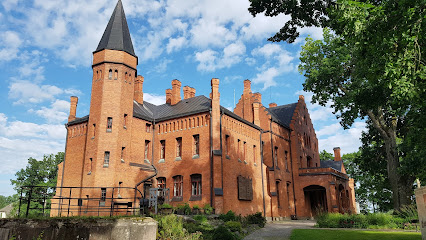
Võru linna keskväljak
Explore Võru's Central Square: A vibrant hub of culture, history, and local charm in the heart of Estonia.
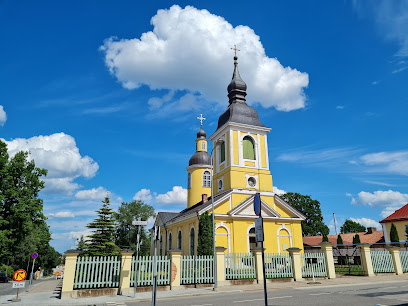
Helme caves
Explore the mesmerizing Helme Caves in Valga County, Estonia, a stunning geological marvel filled with unique rock formations and enchanting legends.
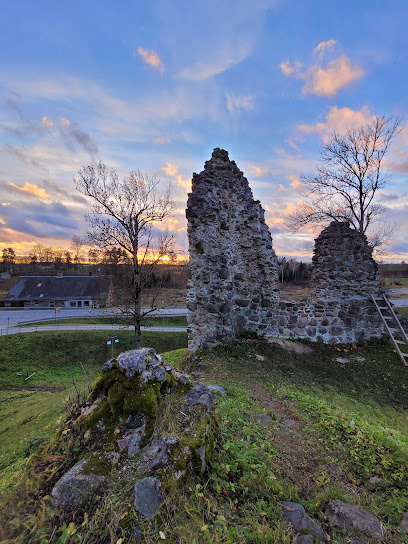
Cathedral Hill Park
Explore the natural beauty and panoramic views of Tartu at Cathedral Hill Park, a perfect retreat for relaxation and cultural discovery.
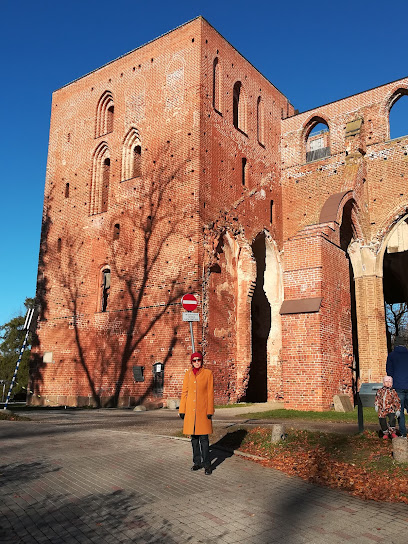
Mõisaait OÜ
Discover the serene charm of Mõisaait Ü in Võru County, Estonia - your perfect cabin rental getaway filled with nature and local flavors.

Georgi hotell
Experience the perfect blend of relaxation and adventure at Georgi Hotell in Võru County, Estonia, with stylish accommodations and exquisite dining.

Friedrich Reinhold Kreutzwald park
Explore the tranquil Friedrich Reinhold Kreutzwald Park in Võru, Estonia, a perfect blend of nature, culture, and relaxation.
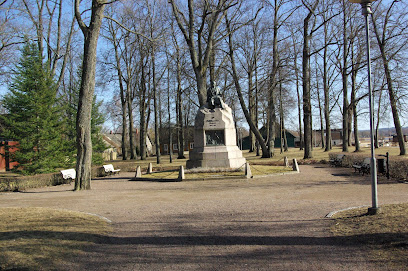
Barclay de Tolly Mausoleum
Explore the historic Barclay de Tolly Mausoleum, a neoclassical gem in Valga County, celebrating Estonia's military heritage and natural beauty.
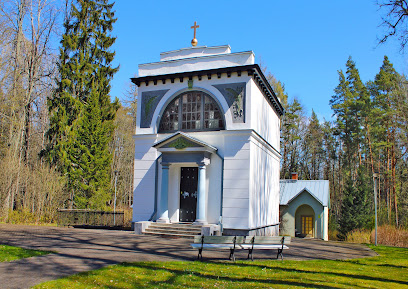
Roosisaare Bridge
Experience the beauty of Roosisaare Bridge, a scenic spot in Võru County, Estonia, ideal for hiking and enjoying nature's tranquility.
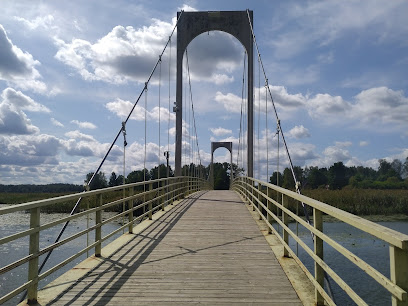
Kütioru keskus
Experience the beauty of Võru County at Kütioru Keskus - a perfect mix of adventure and relaxation in Estonia's stunning landscapes.
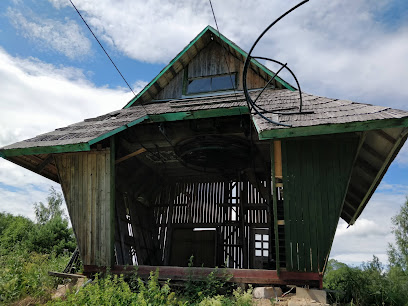
Ērģeme Castle Ruins
Unravel the history and beauty of Ērģeme Castle Ruins, a captivating destination in Latvia rich with medieval charm and stunning landscapes.
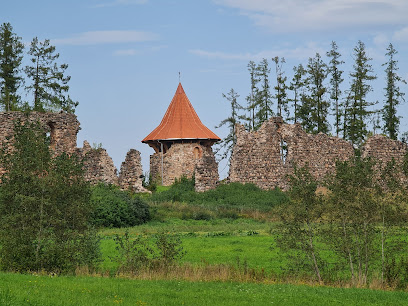
Seedri Holiday House
Discover the serene beauty of Seedri Holiday House in Võru County, Estonia – a perfect getaway for relaxation, adventure, and unforgettable events.
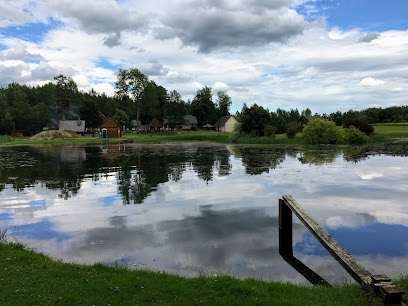
Võru Instituut
Explore Estonian culture and history at the Võru Instituut, a key research institute and tourist information center in Võru County.
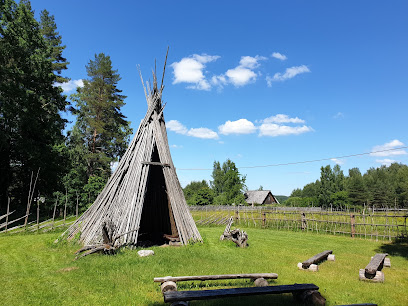
Kreutzwald Memorial Museum
Discover the Kreutzwald Memorial Museum in Võru, Estonia, where literature and culture come alive in an engaging historical experience.

Võru County Museum
Explore the cultural heart of Võru County at the Võru County Museum, where history and heritage come alive.
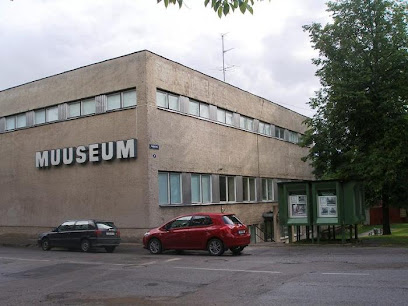
Unmissable attractions to see
Võru linna keskväljak
Explore the charm of Võru's Central Square, a vibrant hub of culture, community, and picturesque scenery in the heart of Estonia.

Haanja Nature Park
Discover the breathtaking landscapes and diverse wildlife of Haanja Nature Park in Võru County, Estonia. A haven for outdoor enthusiasts and nature lovers alike.
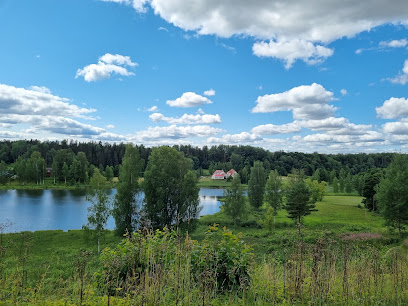
The city park
Explore the natural beauty of Võru City Park, a serene oasis perfect for relaxation, picnics, and family fun amidst lush greenery.
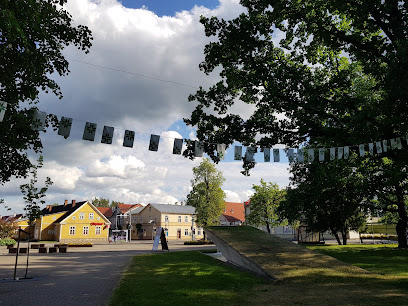
Friedrich Reinhold Kreutzwald park
Explore the beauty and serenity of Friedrich Reinhold Kreutzwald Park in Võru, a perfect destination for relaxation and cultural discovery.
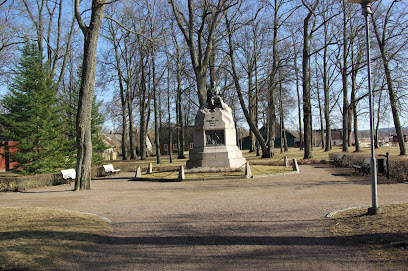
Roosisaare Bridge
Discover the serene beauty of Roosisaare Bridge in Võru County, a picturesque spot for hiking, photography, and nature appreciation.

Kreutzwald Memorial Museum
Explore the Kreutzwald Memorial Museum in Vôru, a serene homage to Estonia's literary heritage and vibrant textile artistry.
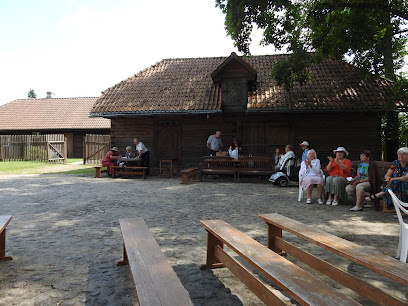
Juudipark
Experience the serene beauty of Juudipark in Võru, Estonia—your tranquil escape in nature's embrace.
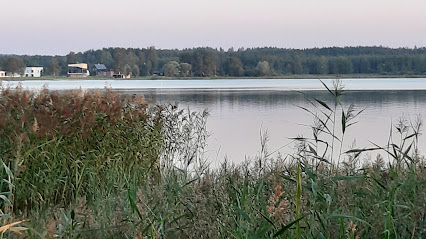
Promenaad
Discover the beauty of nature at Promenaad, a serene park in Võru, perfect for relaxation, picnics, and community events.
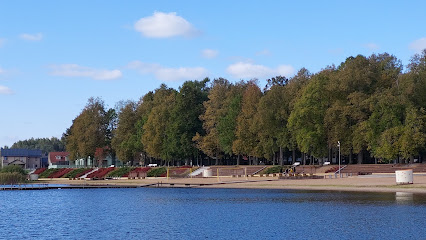
Katariina kirik
Explore the breathtaking Katariina Kirik in Võru, Estonia – a stunning architectural gem rich in history and local culture.
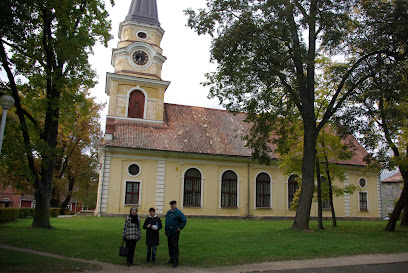
Metsa Kõlakojad
Experience the breathtaking landscapes and rich biodiversity of Metsa Kõlakojad, a captivating nature preserve in Võru County, Estonia.
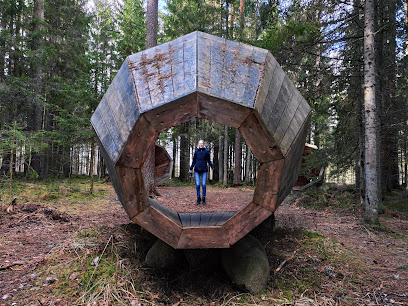
Võru County Museum
Explore Võru County Museum, where history and culture come alive through engaging exhibits and captivating artifacts.
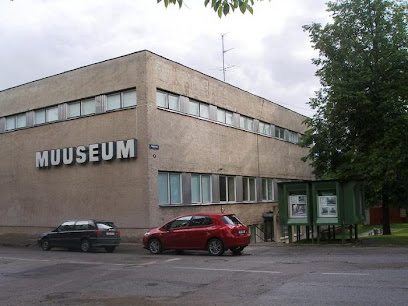
Kirumpää piiskopilinnuse varemed (14-15saj.)
Uncover the storied past at Kirumpää Bishop's Castle, a stunning medieval fortress in Võru County, Estonia, perfect for history enthusiasts and nature lovers alike.
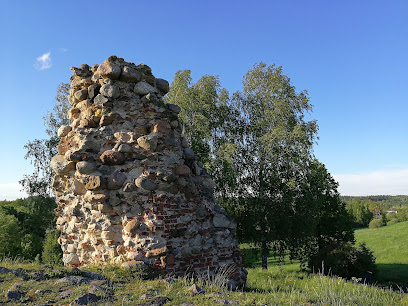
Väimela mõis
Explore the serene beauty and rich cultural heritage of Väimela Mõis in Võru County, Estonia, a perfect getaway for nature and history enthusiasts.
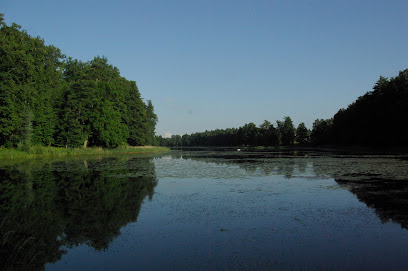
Võhandu maraton START
Discover the breathtaking beauty of Võhandu Marathon Start, a premier hiking area in Võru County, Estonia, perfect for adventure seekers and marathon enthusiasts.
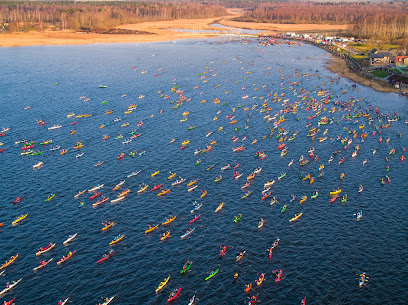
Fr. R. Kreutzwaldi Mälestussammas Ja Park Tamula Kaldal
Explore the beauty of Fr. R. Kreutzwaldi Mäletussammas Park in Võru, a tranquil retreat perfect for relaxation and outdoor enjoyment.
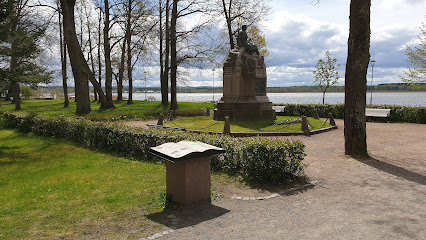
Essential places to dine
Kubija hotell-loodusspaa
Discover tranquility at Kubija Hotell-Loodusspaa in Võru County - where nature meets luxury for an unforgettable getaway.
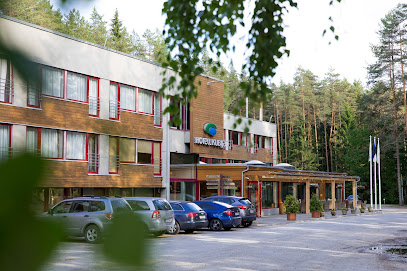
Suur Muna
Discover Suur Muna: A culinary haven in Haanja offering delicious local dishes and cozy ambiance for an unforgettable dining experience.
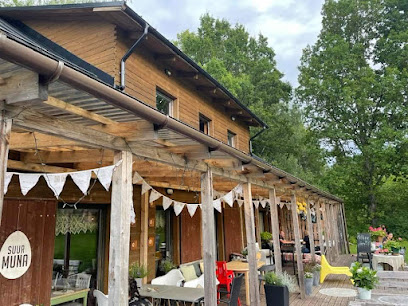
Pubi nr. 17
Discover authentic Estonian cuisine and warm hospitality at Pubi nr. 17 in Võru – your gateway to local flavors and culture.

Võru Rimi super
Discover Võru's vibrant shopping scene at Rimi Supermarket – offering local delicacies and quick pizza takeaways in one convenient location.
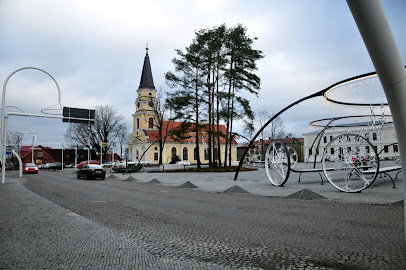
Seto Tsäimaja
Experience authentic Seto cuisine at Seto Tsäimaja in Värska - where tradition meets flavor in a cozy atmosphere.
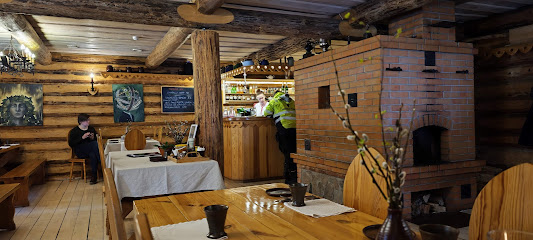
Pizza Olive
Experience authentic Estonian hospitality at Pizza Olive – where every slice tells a story!
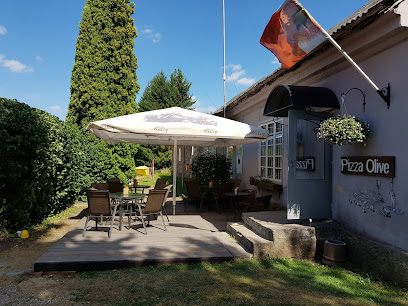
Hesburger
Discover delicious fast food at Hesburger in Võru – where tasty burgers meet affordability for an unforgettable dining experience.
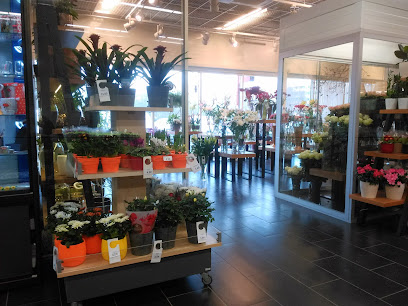
Stedingu Kohvik
Experience the flavors of Estonia at Stedingu Kohvik - where delicious cuisine meets live music in the heart of Võru.
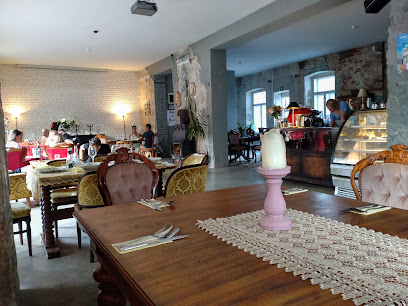
Koreli Rimi mini
Discover local flavors at Koreli Rimi Mini in Võru: Your go-to grocery store and pizza takeaway in Estonia's scenic countryside.
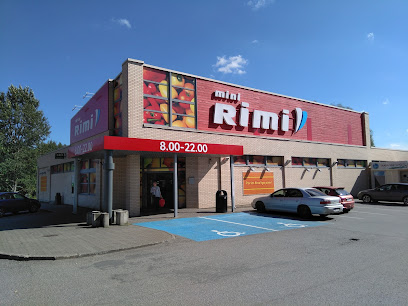
Kohvik Mantelahi
Discover the flavors of Estonia at Kohvik Mantelahi - your go-to café for vegan delights and artisanal treats in Võru.
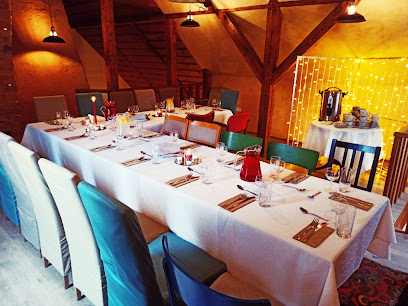
Eva Sushi Võru
Discover authentic Japanese flavors at Eva Sushi Võru - where fresh ingredients meet culinary artistry in every bite.
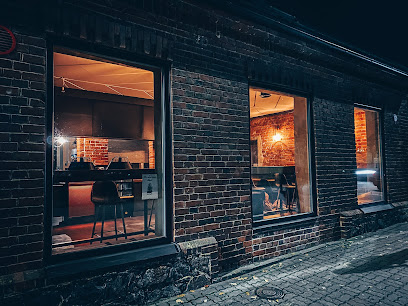
Chillin
Experience delicious fast food at Chillin in Võru – where great taste meets affordability!
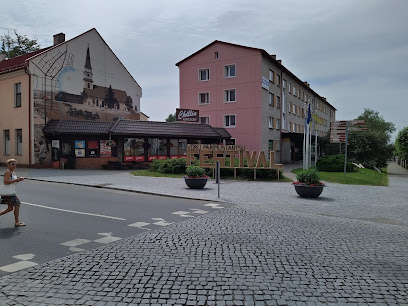
Georgi hotell
Discover the culinary treasures at Georgi Hotell in Võru – where exquisite dining meets serene relaxation in Estonia's picturesque landscapes.

Kebab Tarõ
Discover Kebab Tarõ in Võru: A fast-food haven serving delicious kebabs with local flair in a friendly atmosphere.
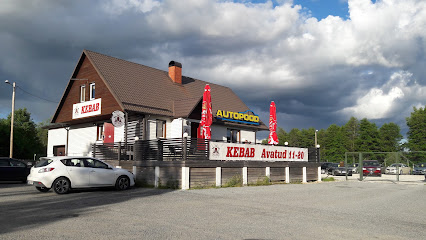
Liivi Toidusaal
Discover authentic Estonian flavors at Liivi Toidusaal, a cozy restaurant and coffee shop in Võru offering delicious meals at affordable prices.
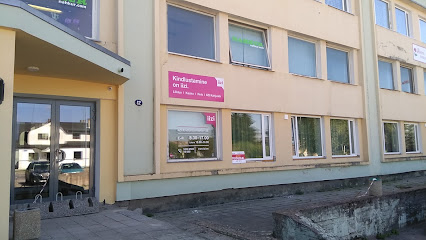
Markets, malls and hidden boutiques
Kauplus Magaziin Võru
Explore Kauplus Magaziin Võru for unique Estonian crafts and everyday essentials in a welcoming atmosphere.
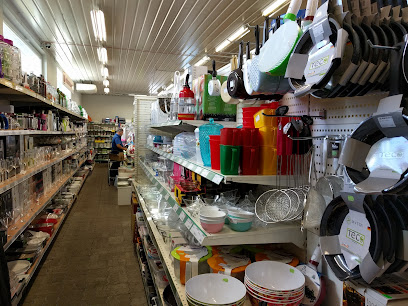
Võru Kaubamaja
Discover Võru Kaubamaja, the ultimate shopping destination in Võru, blending modern retail with local culture and dining for an unforgettable experience.
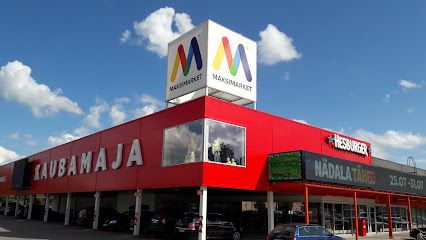
HÕBÕNÖPS kauplus Võrus - Sossi talu
Discover the heart of Estonian craftsmanship at HÕBÕNÖPS kauplus in Võru, where handmade treasures await every visitor.
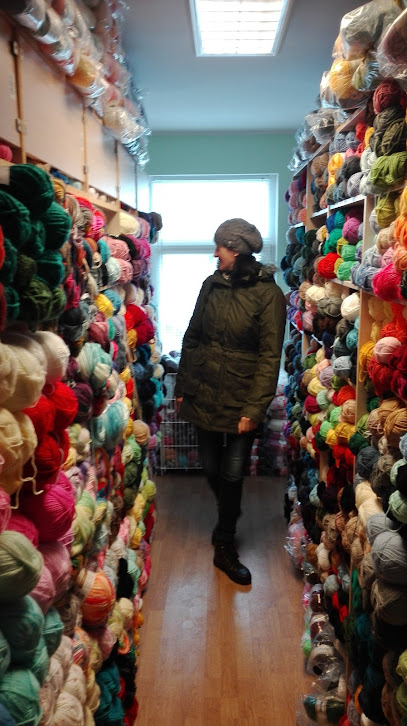
Webshop.ee Võru mööblisalong
Explore an exceptional range of stylish furniture at Webshop.ee Võru Mööblisalong, your destination for unique home decor in Võru County, Estonia.
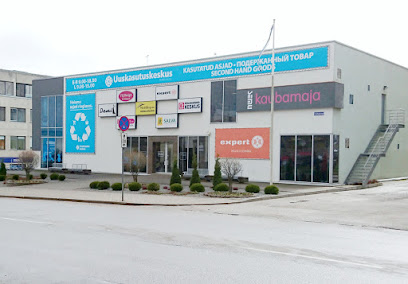
Võrukivi kauplus
Explore local flavors at Võrukivi Kauplus, your go-to grocery store in Võru for fresh produce and unique artisanal products.
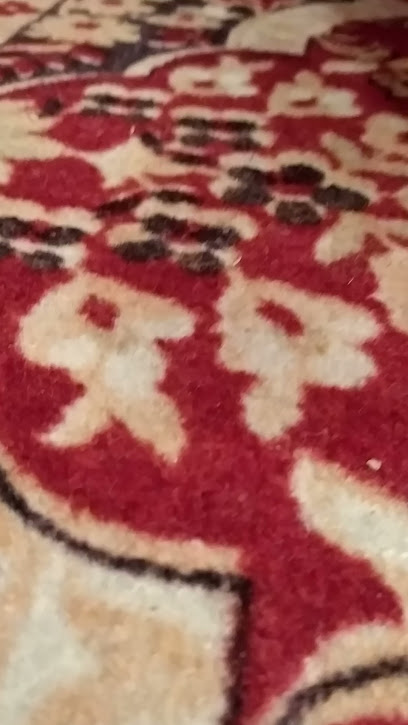
Humana
Discover sustainable fashion at Humana, Võru's premier used clothing store, where unique style meets eco-conscious shopping.
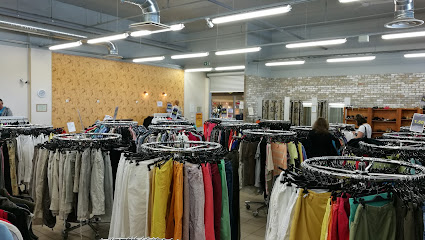
Kaiminerva OÜ kauplus Minerva
Explore Kaiminerva OÜ Kauplus Minerva for exquisite gift baskets showcasing local craftsmanship and artisanal flavors in the heart of Võru.

Eliko Butiik
Discover Eliko Butiik, the ultimate women's clothing boutique in Võru, offering stunning dresses and formal wear that capture local elegance.

Denim Dream
Explore the latest trends at Denim Dream, Võru's premier clothing store for stylish denim and fashionable apparel.
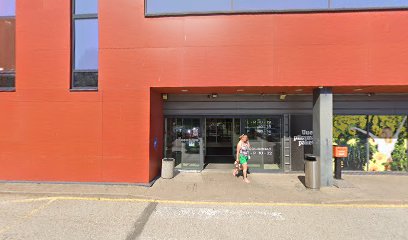
Swisshof Antikvariaat
Explore unique antiques and vintage treasures at Swisshof Antikvariaat in Võru, a charming antique furniture store filled with stories.
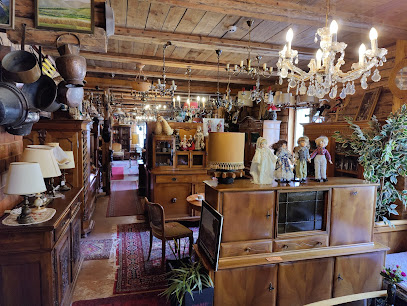
Triin Shoppab
Discover the latest fashion trends at Triin Shoppab, a stylish clothing store in Võru offering unique apparel and a friendly shopping experience.
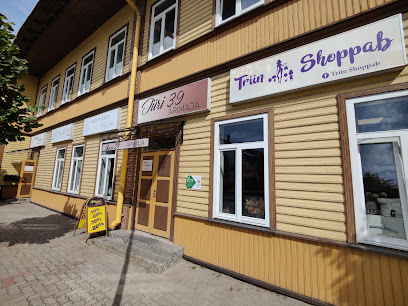
Cy Riided
Explore Cy Riided, Võru's premier boutique offering elegant wedding attire and unique accessories for the modern couple.
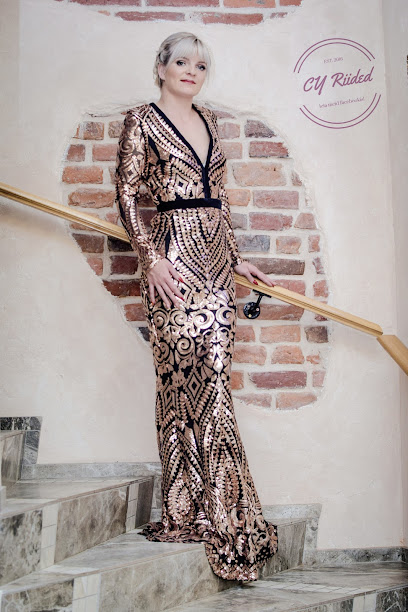
Maksimarketi Lillepood
Discover the floral charm of Võru at Maksimarketi Lillepood, your go-to destination for exquisite blooms and unique arrangements.
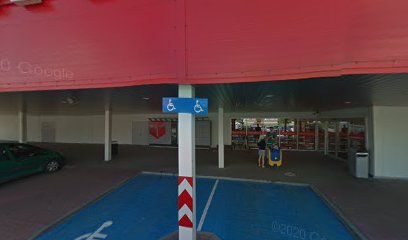
Pisila
Explore Pisila Gift Shop in Võru for unique handicrafts and authentic Estonian souvenirs that capture the essence of local culture.
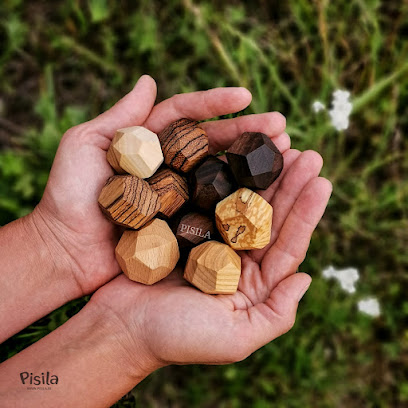
TAKKO FASHION Võru
Explore stylish, affordable fashion for the whole family at TAKKO FASHION in Võru – your one-stop clothing destination!
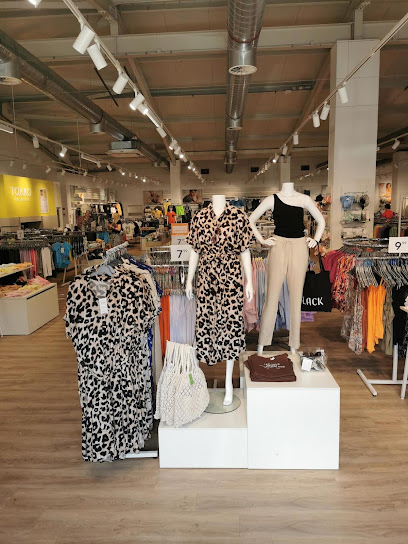
Essential bars & hidden hideouts
Ränduri pubi külalistemaja
Discover the heart of Estonian culture at Ränduri Pub and Guesthouse, where local cuisine meets warm hospitality in the stunning Võru County.
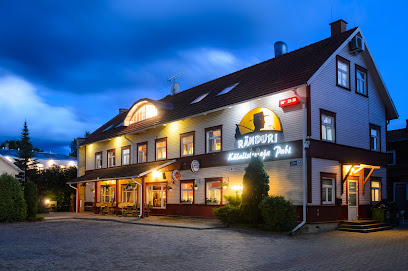
Pubi nr. 17
Discover the perfect blend of local flavors and cozy ambiance at Pubi nr. 17 in Võru, your destination for authentic Estonian hospitality.
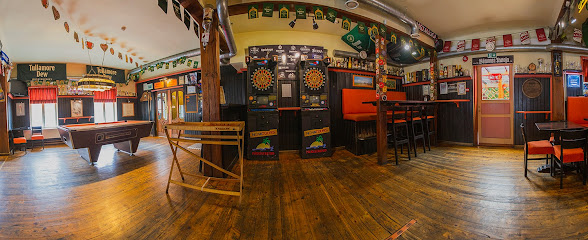
Mõisaait OÜ
Experience the peaceful retreat of Mõisaait OÜ in Võru, where cozy cabins meet authentic Estonian flavors in a stunning natural setting.
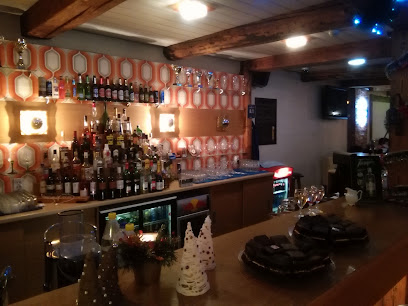
Kohvik Mantelahi
Discover Kohvik Mantelahi, a delightful café in Võru offering vegan dishes, delicious cakes, and a cozy atmosphere for all food lovers.
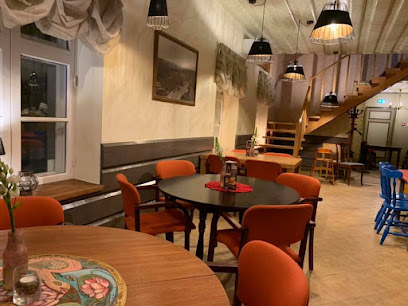
Georgi hotell
Discover the perfect blend of culinary excellence and relaxation at Georgi Hotel in the heart of Võru, Estonia.

Hotel Tamula
Experience the charm of Võru at Hotel Tamula, where comfort meets recreation amidst stunning lakeside views and delightful dining options.

Kebab Tarõ
Discover Kebab Tarõ in Võru, Estonia: where delicious kebabs and a friendly atmosphere await every traveler.
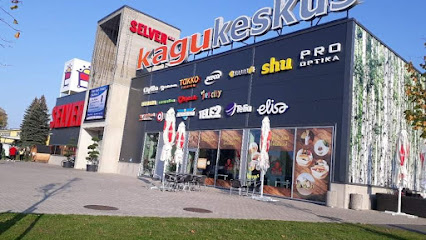
Triinu baar
Discover the lively spirit of Triinu Baar in Rimmi, where friendly locals and affordable drinks create the perfect night out.
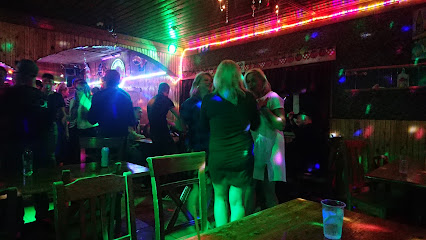
Liivi Toidusaal
Experience authentic Estonian cuisine at Liivi Toidusaal, a cozy restaurant and coffee shop in the heart of Võru offering delightful local flavors.
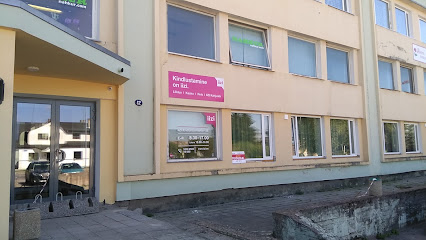
Kohvik Pannukas
Discover Kohvik Pannukas, a cozy pancake cafe in Võru, serving delectable sweet and savory pancakes in a charming atmosphere.
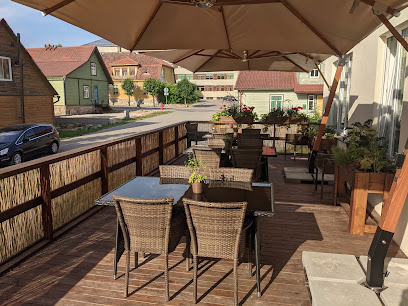
Rannapubi
Experience the warmth of Estonian hospitality at Rannapubi, a cozy bar in Võru offering local flavors and a welcoming atmosphere.
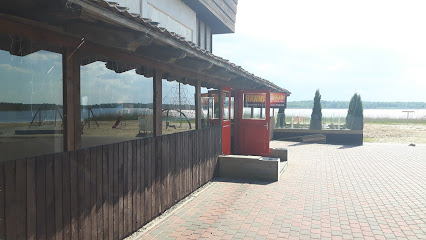
Kohvik Soopärl
Discover the warmth of Võru at Kohvik Soopärl, where delightful flavors and a cozy atmosphere await every visitor.
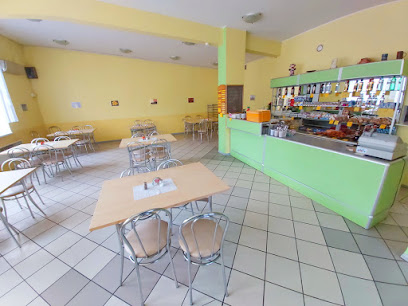
Võru Kreutzwaldi School
Explore Võru Kreutzwaldi School, a blend of education and cultural heritage in the heart of Võru, Estonia, offering a unique insight into local traditions.
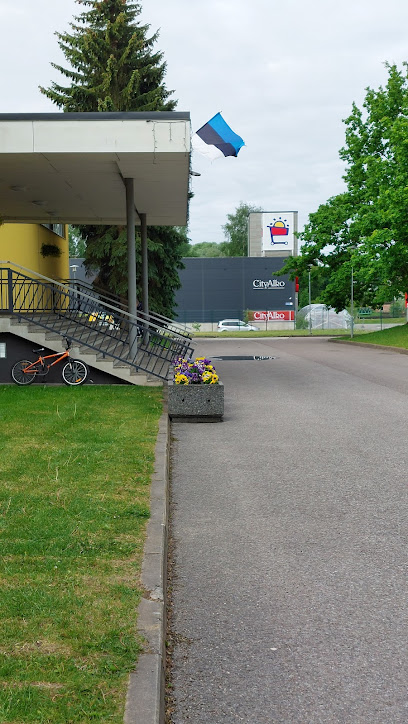
Piusa Klunker
Experience the lively atmosphere and exceptional drinks at Piusa Klunker, the perfect bar for socializing in Võru County.

Pubi Finiš
Experience the heart of Haanja at Pubi Finiš, a bar that offers local brews and a cozy atmosphere in stunning Võru County.
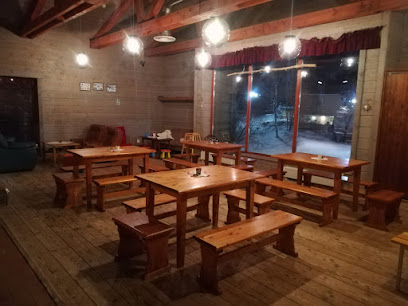
Local Phrases
-
- HelloTere
[teh-reh] - GoodbyeHüvasti
[hyu-vahs-tee] - YesJah
[yah] - NoEi
[ay] - Please/You're welcomePalun
[pah-loon] - Thank youAitäh
[ai-taah] - Excuse me/SorryVabandust
[vah-bahn-doost] - How are you?Kuis sa olõd?
[kwis sah o-lohd] - Fine. And you?Häste. A sa?
[ha-steh. ah sah] - Do you speak English?Kas sa kõnõld angli kiilt?
[kahs sah kuh-nold ahng-lee keelt] - I don't understandMa ei saa aru
[mah ay sah ah-roo]
- HelloTere
-
- I'd like to see the menu, pleaseMa tahtnuks menüt nätä, palun
[mah tahk-noox meh-nyoot na-taah pah-loon] - I don't eat meatMa ei süü kala
[mah ay soo kah-lah] - Cheers!Tervüseks!
[ter-voo-seks] - I would like to pay, pleaseMa tahaks maksta, palun
[mah tah-hahks mahk-stah pah-loon]
- I'd like to see the menu, pleaseMa tahtnuks menüt nätä, palun
-
- Help!Appi!
[ahp-pee] - Go away!Mine ää!
[mee-neh ah] - Call the Police!Helista politsei!
[heh-lee-stah poh-lee-tseh-ee] - Call a doctor!Helista arst!
[heh-lee-stah ah-rst] - I'm lostMa olen kadunud
[mah oh-lehn kah-doo-nood] - I'm illMa olen haige
[mah oh-lehn hah-geh]
- Help!Appi!
-
- I'd like to buy...Ma tahtnuks osta...
[mah tahk-noox oh-stah] - I'm just lookingMa vahsi õnnõ
[mah vah-si ohn-noh] - How much is it?Kuis pall'usõ tuu om?
[kwis pahl-loo-soh too ohm] - That's too expensiveTuu om liiga kallis
[too ohm lee-gah kah-lees] - Can you lower the price?Kas sa või hinda allapoole löüa?
[kahs sah vo-ee hin-dah ahl-la-poh-leh luh-ah]
- I'd like to buy...Ma tahtnuks osta...
-
- What time is it?Mis kell om?
[mees kell ohm] - It's one o'clockOm üts kell
[ohm uts kell] - Half past (10)Pool (10ndaku)
[pool (dah-koo)] - MorningHomik
[hoh-mihk] - AfternoonPäiv
[pah-eev] - EveningÕdag
[oh-dahg] - YesterdayÕnnõpäiv
[oh-nuh-payv] - TodayTänäpäiv
[tah-nah-payv] - TomorrowHuilä
[hwee-lah] - 1Üts
[oots] - 2Kaks
[kahks] - 3Kolm
[kolm] - 4Neljä
[nel-yah] - 5Viis
[vees] - 6Kuus
[koos] - 7Seitsmän
[sites-mahn] - 8Kahksa
[kahk-sah] - 9Üheksä
[oo-hek-sah] - 10Kümme
[koom-meh]
- What time is it?Mis kell om?
-
- Where's a/the...?Kus om ...?
[koos ohm] - What's the address?Mis aadrõss om?
[mees aah-druhs ohm] - Can you show me (on the map)?Kas sa või näütäda mullõ (kaardil)?
[kahs sah voi na-too-tah-dah mool-loh (kah-rdihl)] - When's the next (bus)?Kuimuudu või järgmäne (buss) tulõq?
[kwee-moo-doo voi yairg-meh-neh (boos) tooluhk] - A ticket (to ....)Pilet (q ...)
[pee-leht (koo)]
- Where's a/the...?Kus om ...?
History of Võru
-
Võru was founded on August 21, 1784, by order of Catherine II of Russia. The city was established as a part of her broader administrative and territorial reforms. Võru was strategically located at the crossroads of several important trade routes, which contributed to its early development and significance in the region.
-
In the late 18th century, Võru was designated as the administrative center of Võru County. This elevated its importance as a regional hub, attracting administrative, commercial, and social activities. The establishment of the county seat brought in government officials, merchants, and craftsmen, fostering the city's growth and development.
-
The 19th century saw the advent of industrialization in Võru. The construction of a railway in the late 1800s connected Võru to other parts of Estonia and the Russian Empire, facilitating the movement of goods and people. This period also saw the rise of local industries such as timber processing and manufacturing, which became vital to the local economy.
-
During the Estonian War of Independence (1918-1920), Võru played a significant role as a base for Estonian forces. The city was a strategic location for military operations against both Soviet and German forces. Following the war, Võru continued to develop as an important cultural and economic center in the newly independent Estonia.
-
Võru, like the rest of Estonia, experienced significant upheaval during the Soviet occupation and World War II. The city was occupied by Soviet forces in 1940, then by Nazi Germany from 1941 to 1944, and again by the Soviets until Estonia regained its independence in 1991. This period was marked by political repression, forced deportations, and the destruction of historical buildings.
-
Following Estonia's re-independence in 1991, Võru began to revive and modernize. The city invested in infrastructure, education, and cultural projects to restore its historical heritage and promote tourism. Võru has since become known for its vibrant cultural scene, including the annual Võru Folk Festival, which celebrates traditional Estonian music, dance, and crafts.
-
The Võru Folk Festival, established in 1995, is one of the city's most anticipated cultural events. It draws performers and visitors from across Estonia and beyond to celebrate traditional music, dance, and folk arts. The festival has become a symbol of Võru's commitment to preserving and promoting its rich cultural heritage.
-
Lake Tamula, located on the northern edge of Võru, has been an important natural and recreational site for the city. Historically, the lake supported local fishing communities and served as a water source. In recent years, the area around Lake Tamula has been developed into a popular recreational destination, featuring beaches, parks, and walking trails, enhancing the quality of life for residents and attracting tourists.
Võru Essentials
-
Võru is located in southeastern Estonia, approximately 250 kilometers from the capital city, Tallinn. The nearest major airport is Lennart Meri Tallinn Airport. From Tallinn, you can take a bus or drive to Võru, which typically takes around 3.5 to 4 hours. Buses are frequent and comfortable, offering direct routes to Võru. Alternatively, you can take a train to Tartu and then a bus from Tartu to Võru, which is about a 1.5-hour journey.
-
Võru is a small town, making it easy to explore on foot. Local buses are available for longer distances within the town and its surroundings. Taxis are also readily available and relatively inexpensive. For those who prefer more flexibility, car rentals are available in Võru, providing a convenient option to explore the scenic countryside and nearby attractions.
-
The official currency in Estonia is the Euro (EUR). Credit and debit cards are widely accepted in most hotels, restaurants, and shops in Võru. ATMs are plentiful, and you can withdraw cash easily. However, it is advisable to carry some cash, especially when visiting smaller establishments or rural areas where card payments might not be accepted.
-
Võru is generally a safe destination for tourists. The crime rate is low, but it's always wise to take standard precautions. Avoid walking alone late at night in unfamiliar areas and keep an eye on your belongings in crowded places. There are no specific high-crime areas targeting tourists in Võru, but maintaining vigilance is always a good practice.
-
In case of an emergency, dial 112 for immediate assistance. This number connects you to emergency services including police, fire, and medical services. Võru has a local police station and medical facilities that can handle various emergencies. It is recommended to have travel insurance that covers medical issues. Pharmacies are available for purchasing over-the-counter medications.
-
Fashion: Do dress comfortably and appropriately for the weather. In summer, light clothing is suitable, while in winter, warm clothing is essential. Avoid overly revealing attire. Religion: Do respect local customs and religious practices. Public Transport: Do be courteous and offer your seat to elderly passengers. Don't eat or drink on public transport. Greetings: Do greet people with a friendly 'Tere' (hello) and a handshake. Eating & Drinking: Do try local dishes and accept food graciously. Don't refuse hospitality, as it is considered impolite.
-
To experience Võru like a local, visit the local markets where you can buy fresh produce and traditional Estonian goods. Engage with locals, as they are often friendly and willing to share stories about their town. Don't miss a walk around Lake Tamula for its scenic views. Visit the Võru County Museum to learn about the local history and culture. Enjoy local festivals, such as Võru Folk Music Festival, for an authentic cultural experience.
Trending Landmark in Võru
Nearby Cities to Võru
-
Things To Do in Valga
-
Things To Do in Tartu
-
Things To Do in Viljandi
-
Things To Do in Cesis
-
Things To Do in Paide
-
Things To Do in Sigulda
-
Things To Do in Pärnu
-
Things To Do in Jõhvi
-
Things To Do in Rakvere
-
Things To Do in Rapla
-
Things To Do in Riga
-
Things To Do in Jurmala
-
Things To Do in Daugavpils
-
Things To Do in Tallinn
-
Things To Do in Haapsalu











